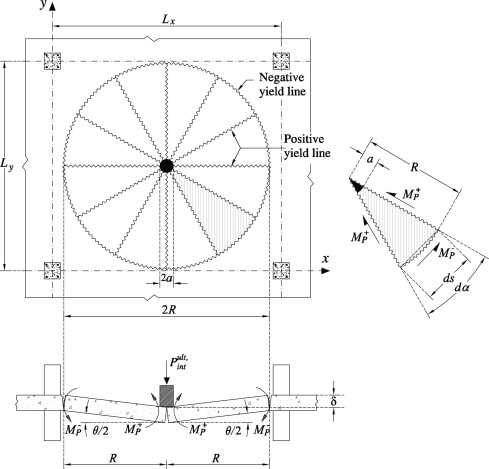Hello guys,
I need your help regarding with the steel plate design which I have never done before. I tryed to use Roarks book to find formula for my case but seems like there is no my case in his book so i used an other simple program that I also found here on thread. I compared the program results with the results I got from simple case from Roarks book and it seemed like its working fine. So in the file attached you can see my case with those results and give me your feedback regarding my calculations. I dont know if i have got this design good but it seems good for me. Also I need to design bolts together with the washers that are actually support for this plate and I wondering how. Any ideas / help? Thank you in advance.
I need your help regarding with the steel plate design which I have never done before. I tryed to use Roarks book to find formula for my case but seems like there is no my case in his book so i used an other simple program that I also found here on thread. I compared the program results with the results I got from simple case from Roarks book and it seemed like its working fine. So in the file attached you can see my case with those results and give me your feedback regarding my calculations. I dont know if i have got this design good but it seems good for me. Also I need to design bolts together with the washers that are actually support for this plate and I wondering how. Any ideas / help? Thank you in advance.


